Curtis Chip Off The Old Block – Why do synths sound different?
Oberheim, Roland, even Stylophone all share the same oscillators and filters. But why?
A surprising number of synths use the same oscillator and filter Curtis chips. Yet they don’t sound the same. Why is that? We do some digging and find out.
Curtis Chips: Oscillator Inside
Stylophone recently announced a new drone synth, the CPM-DS-2. I was surprised to see 3340 Oscillator and 3320 Filter printed prominently on the front panel. These numbers refer to the IC chips used in the oscillator and filter circuits. They’re based on Doug Curtis designs and date back to the late 1970s and early 1980s. But what exactly are they, and what is a synthesizer IC chip anyway?
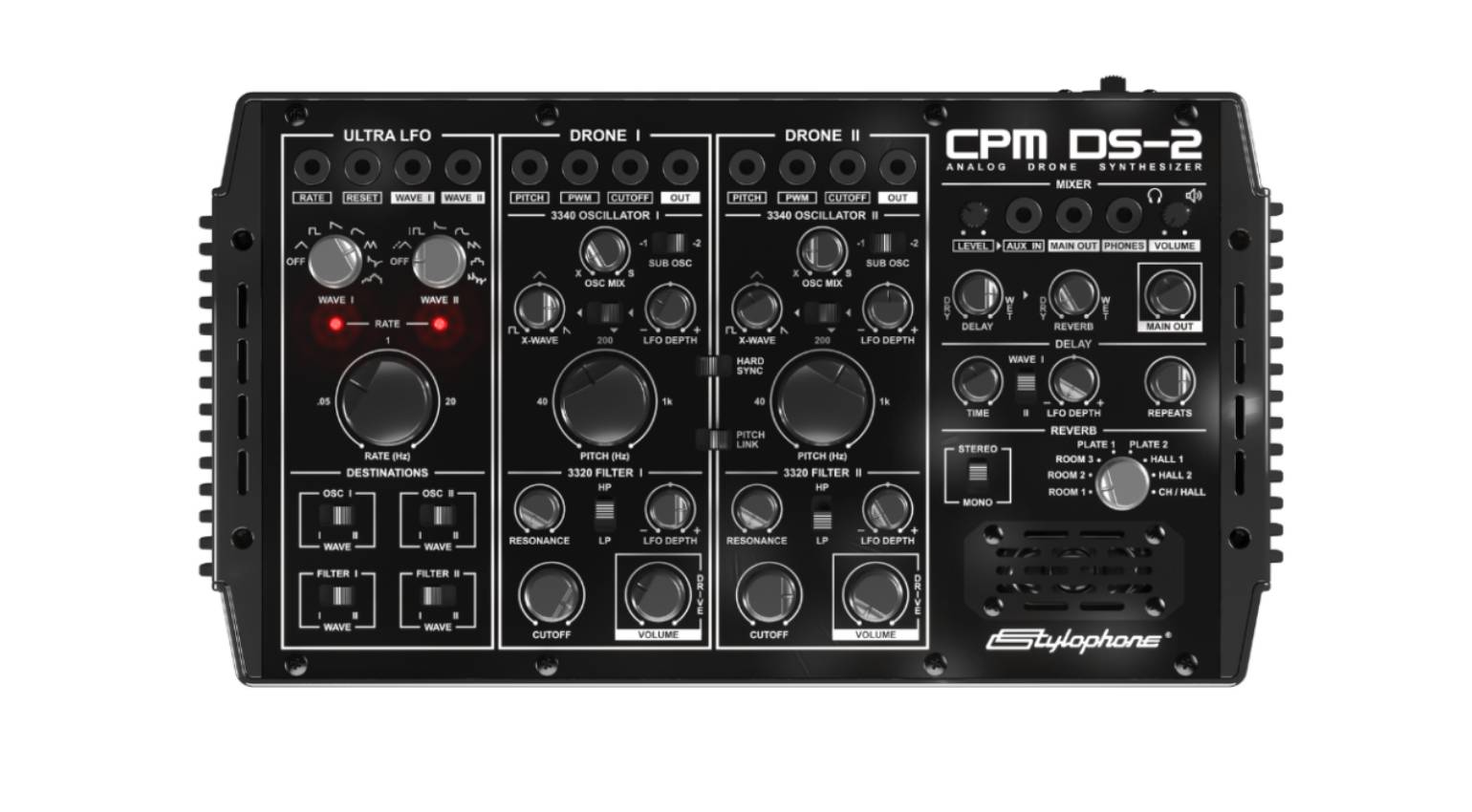
Curtis Chips: Let’s Get Small
Integrated circuits (or ICs) are electrical circuits that have been miniaturized onto a microchip. This practice first started in the 1970s and it revolutionized electronics manufacturing. It allowed electronic devices to become smaller, for one, but also much more affordable. This had a revolutionary impact on things like computers and consumer electronics, of course, but also synthesizers.
Let The Synthesizer Chips Fall Where They May
IC technology meant that discrete circuits for things such as oscillators, filters, VCAs – and later even entire voices – could be shrunk down to wafer size. This change allowed manufacturers to go from massive machines like the Yamaha CS80 to the Roland Juno-106, bringing down size and cost. Further microchip advancements led to even smaller chassis, resulting in rackmount and tabletop devices.
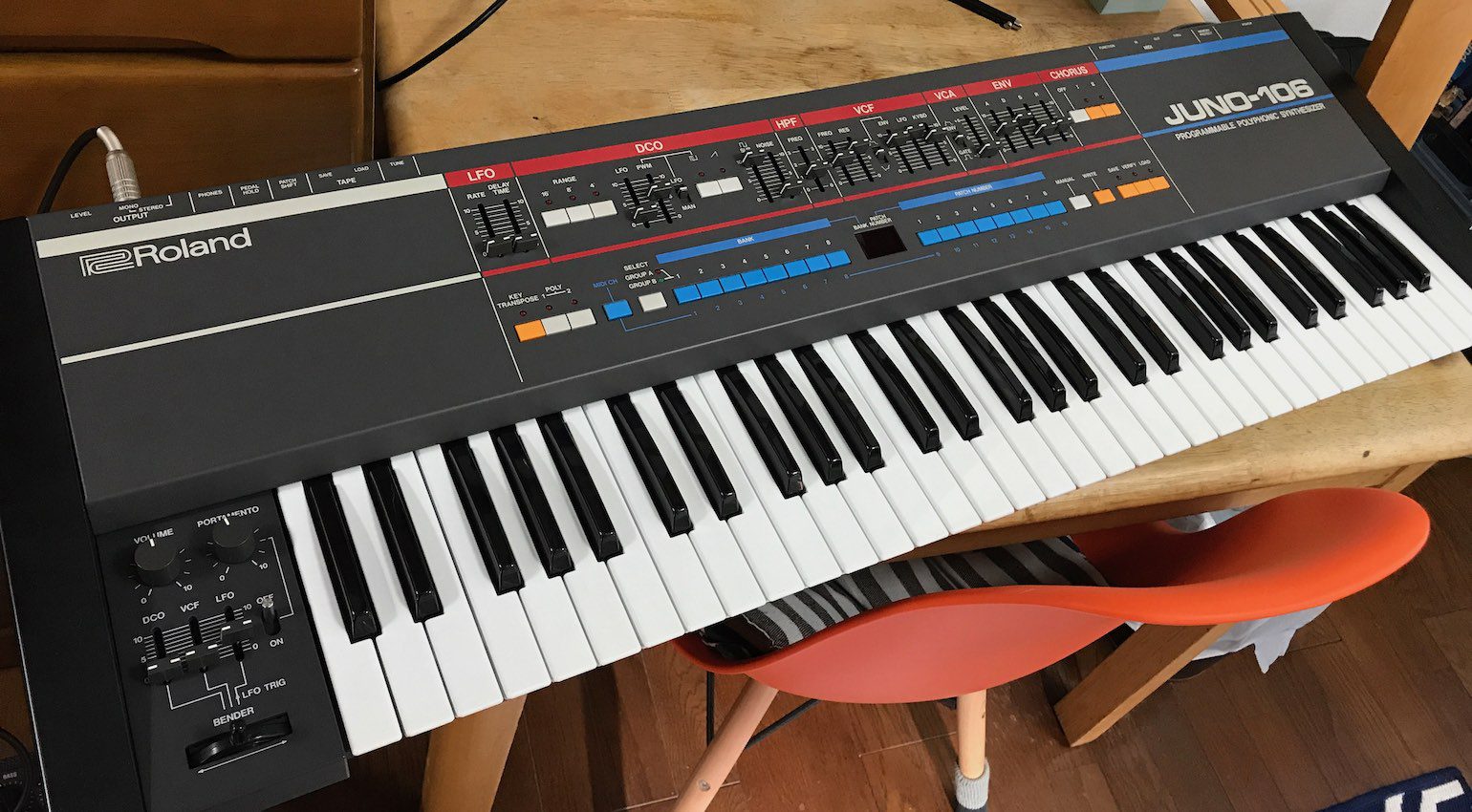
Most musical instrument companies couldn’t afford to manufacture their own chips. They had to rely on general-purpose chips as the basis for their discrete circuits. There were a few exceptions though. Yamaha’s famous line of FM chips in the 1980s had a big impact not only on synthesizers but also videogames and other sound-making devices. Roland also made its own ICs, most famously the IR3109 filter chip, which appeared in the Juno-106, Jupiter-8, SH-101 and many others.
SSM: Solid State Survivors
In the mid-1970s, Solid State Music aka Solid State Microtechnology – better known as SSM – began manufacturing purpose-made analogue synthesizer chips. Founded by John Dow and John Burgoon (with assistance by Dave Rossum of E-Mu Systems), SSM made a number of popular chips for synthesizers, including the SSM2030 VCO and SSM2040 VCF, both of which famously appeared in revisions one and two of the Sequential Prophet-5.
Curtis Chips: The Birth Of CEM
Enter Doug Curtis. After working at a general semiconductor company for four years, Doug started his own outfit, Curtis Electromusic Specialties (CEM), in 1979. The DIY synthesizer hobbyist began by designing custom ICs for Oberheim and ARP but soon branched out into mass-marketed chips “with significantly fewer integrated components and hence in a smaller chip size,” according to the CEM site.
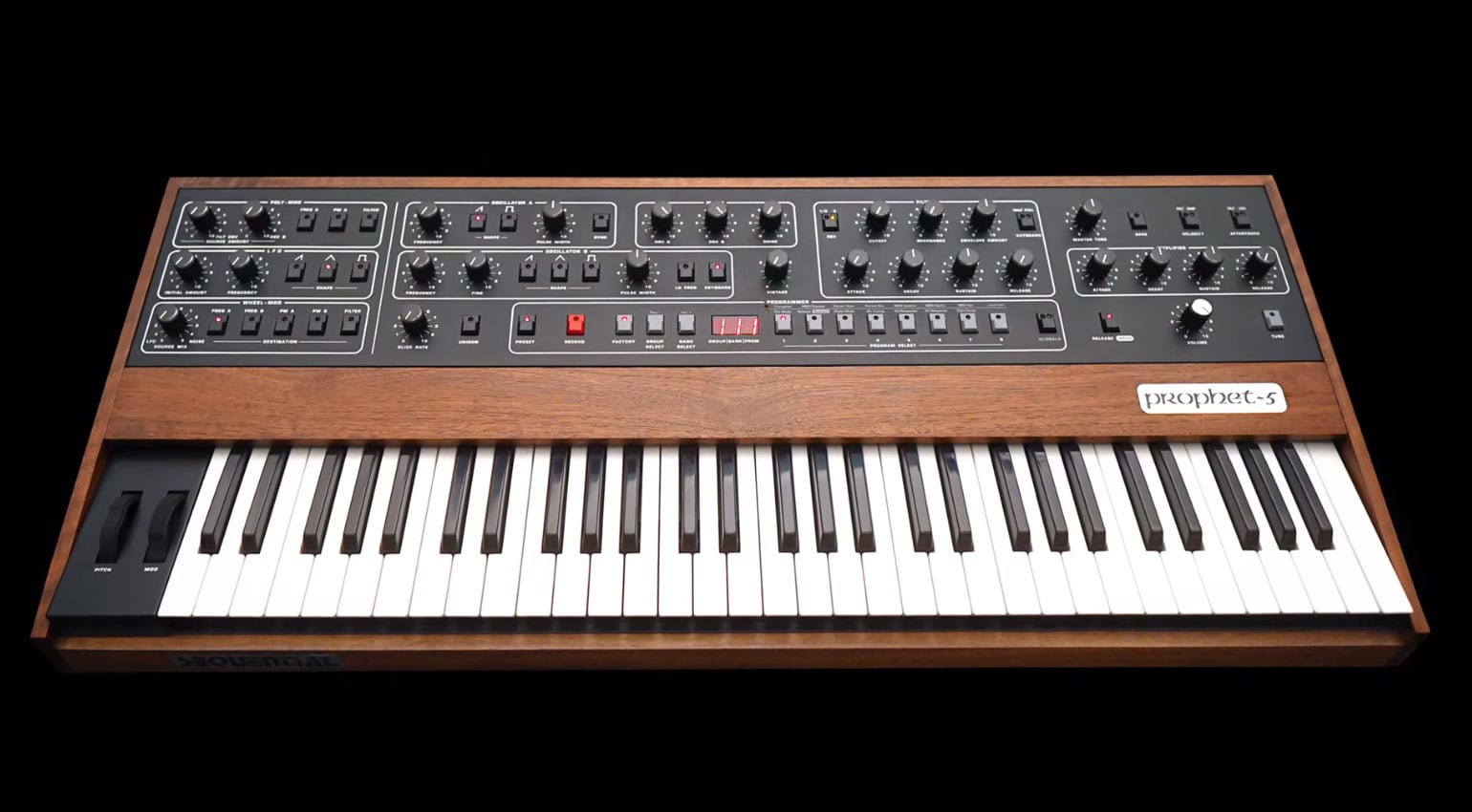
CEM chips were highly reliable, leading to their broad adoption into instruments from around the world. His designs found their way into synths and drum machines by Moog, Oberheim, Akai, Roland, Buchla, Crumar, Linn, PPG, Waldorf and Sequential. Famously, Dave Smith replaced the SSM oscillator, filter and envelope generator chips in the Prophet-5 with Curtis ones for revision three.
Curtis Chips: You Know The Number, Look Up The Name
In its 11 years, Curtis Electromusic Specialties created more than 20 ICs for synthesizers and other electronic musical instruments. These are the two most famous ones:
CEM3340 Voltage Controlled Oscillator (VCO): The CEM3340 VCO (data sheet) is probably the best-known of Curtis’ chips. It featured triangle, sawtooth, square and pulse waveforms with voltage-controllable pulse width. It also allowed for hard and soft frequency synchronization. And, crucially, it had full temperature compensation making it very stable. You can find it in the Sequential Prophet-5, Pro-One and Prophet-600, Crumar Spirit, Moog Memorymoog, Oberheim OB-Xa and OB-8, Roland Jupiter-6 and SH-101, among others.
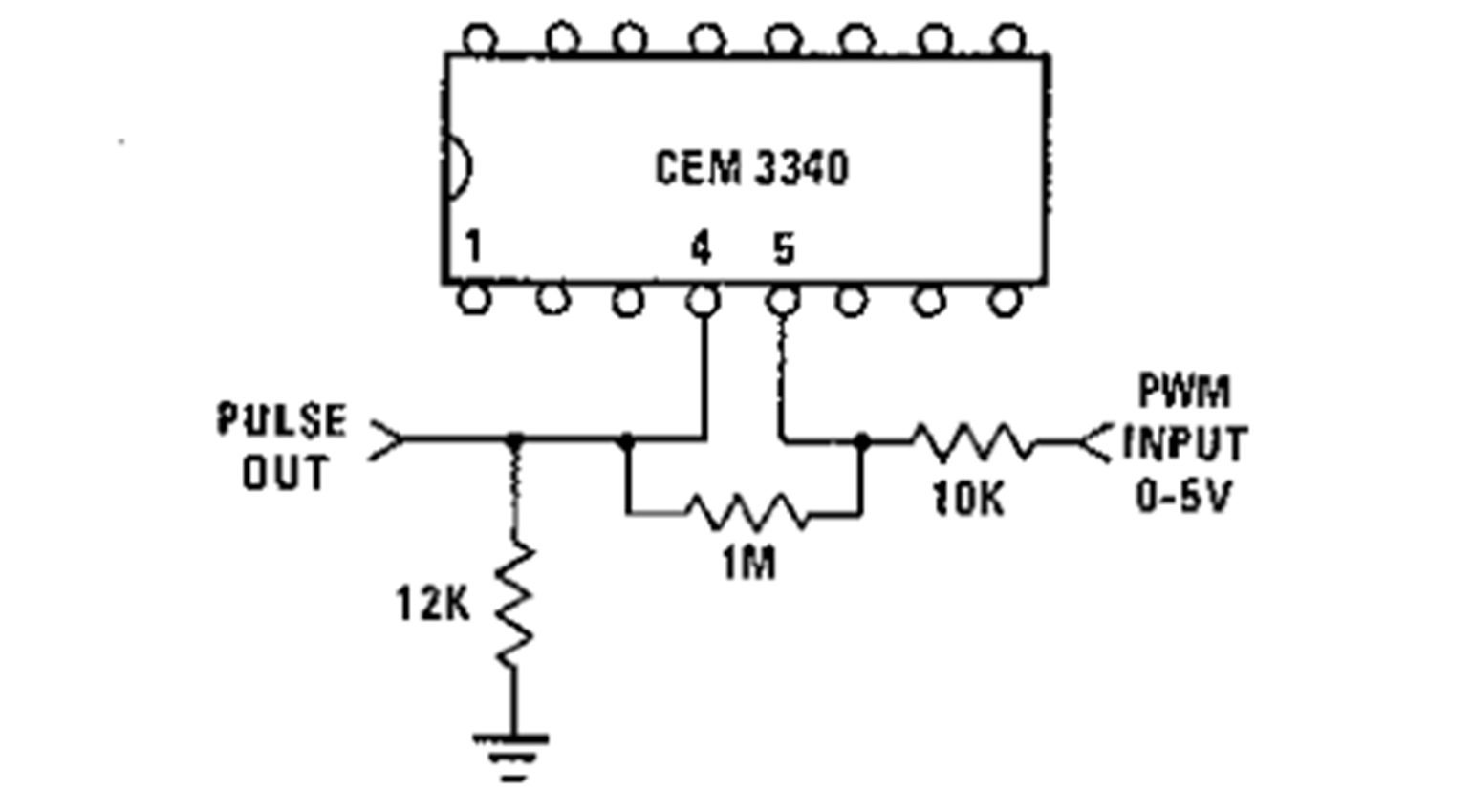
CEM3320 Voltage Controlled Filter (VCF): Another CEM design that continues to endure is the CEM3320 (data sheet). A 24dB/octave multimode filter, you can hear it working in the Elka Synthex, Linn Electronics LinnDrum and Linn 9000, Oberheim DMX and DX, OB-Xa and OB-8, PPG Wave 2.0, and Sequential Prophet-5 and Pro-One – and many more.
Why Do They Sound Different?
With so many synths with the same Curtis chips, particularly the CEM3340 oscillator chip, why don’t they sound the same? The 3340 is in Prophet-5, Memorymoog and Jupiter-6 alike, and yet you certainly wouldn’t accuse them of being essentially the same instrument.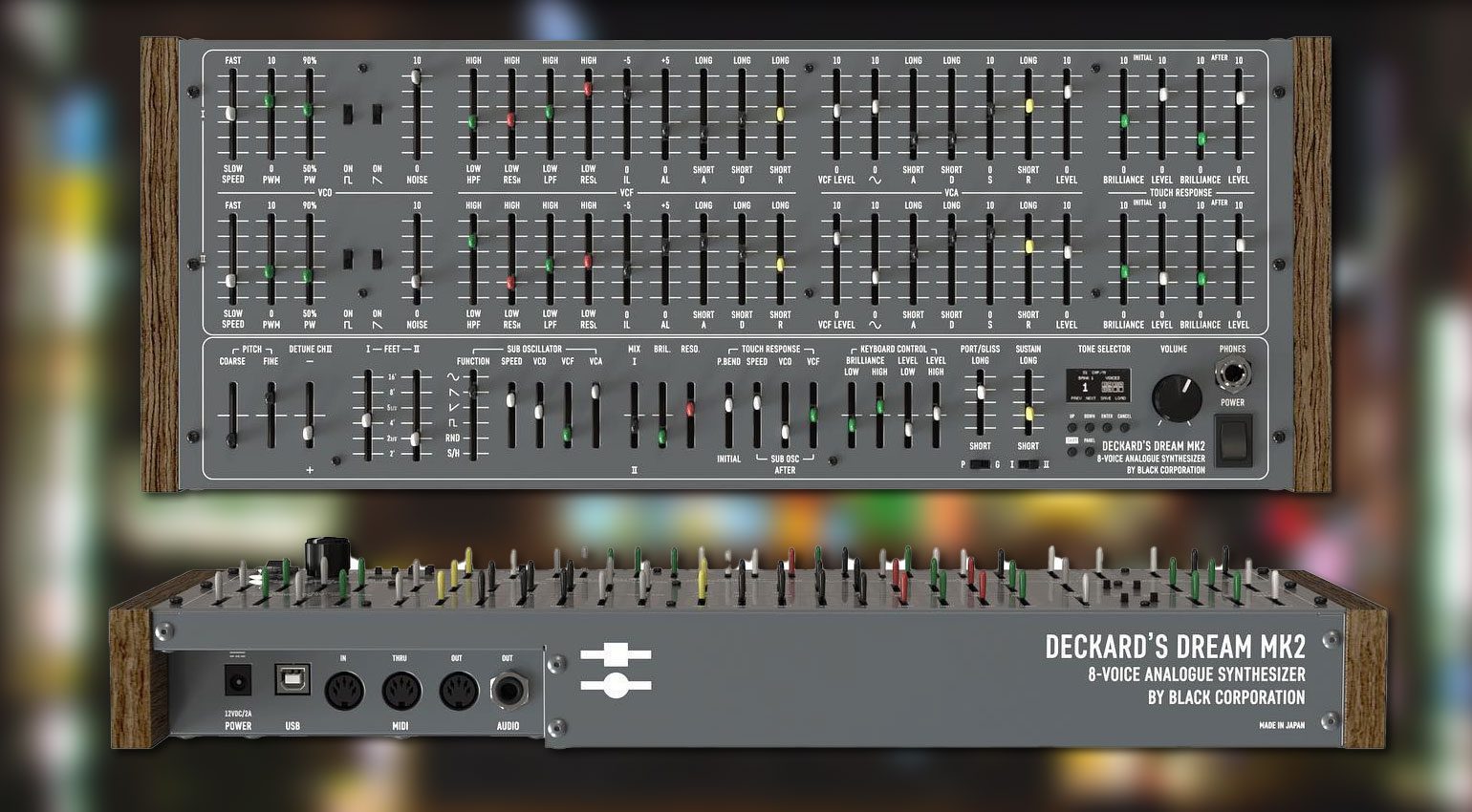
For the answer, we turned to Black Corporation. A boutique analogue synthesizer and effects company based in Tokyo, Black Corporation has made some of the most-coveted synths of the modern era, such as the Kijimi and Deckard’s Dream. While these were inspired by the RSF PolyKobol and Yamaha CS80, respectively, with sounds to match, they both contain 3340 oscillator chips.
“The oscillator is the part that affects the sound last,” Roman Filippov, the Head of Black Corporation, told us. He went on to explain there are many reasons why the sound may be different: “Different use of VCA, different filter, different modulation, different everything. So many reasons – but not the oscillator.”

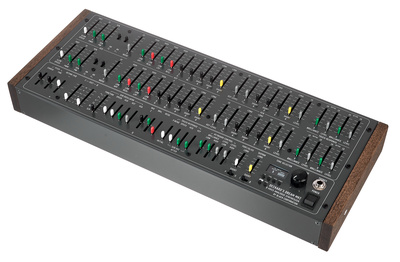
Let The Curtis Chips Fall Where They May
As you may have guessed, Curtis chips are still being made. Doug Curtis closed Curtis Electromusic Systems in 1988, launching OnChip Systems instead to manufacture non-synthesizer-related microchips. Doug sadly passed away in 2007 but in 2017, the company re-released the 3340 due to modern demand. As the original patents have expired, other companies such as Alfa Rpar AS and the Music Tribe subsidiary Coolaudio now make variants of the 3340. Modern machines benefitting from new 3340 chips include the Sequential Prophet-5 Rev 4, Oberheim OB-X8, Behringer Crave and Neutron, as well as a number of Eurorack modules.
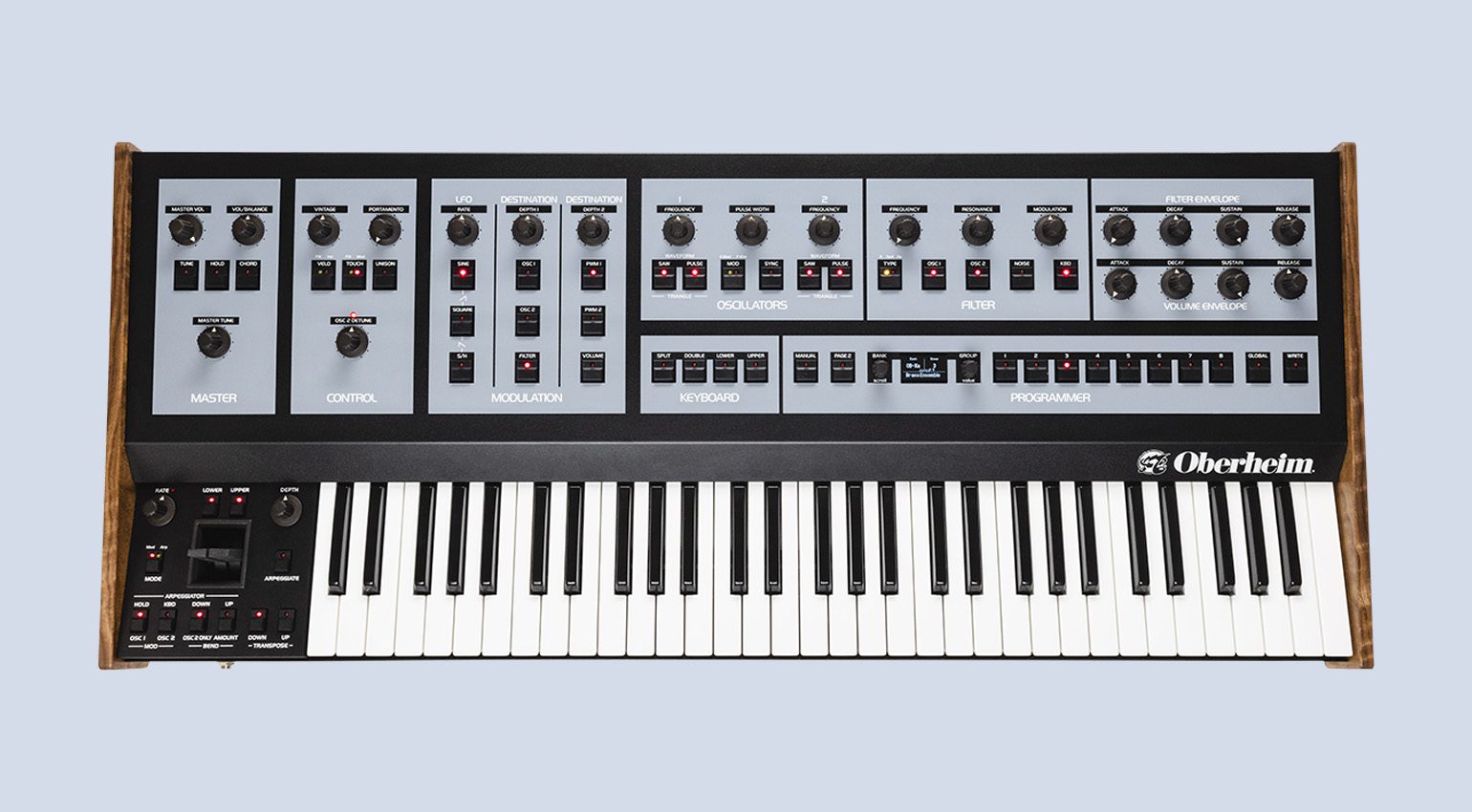
The other big synthesizer chip company from the 1970s and ‘80s, SSM, is also back. Now called Sound Semiconductor Inc, they’re churning out new versions of their classic chips. These have found their way into Sequential’s Prophet-5 Rev 4 and Take 5, UDO Audio’s Super 6 and the IK Multimedia Synth Pro.
Thanks to the IC work of Doug Curtis, John Dow, Dave Rossum and many others, manufacturers could reduce the size of their synthesizers and, even more importantly, bring down the cost, putting them into the hands of more than just the rock star elite. CEM’s and SSM’s legacies continue to this day, informing the sound and performance of many modern synths, such as the upcoming Stylophone CPM-DS-2. Will it sound like a Prophet-5? As Black Corporation explained, that depends on a great many things.

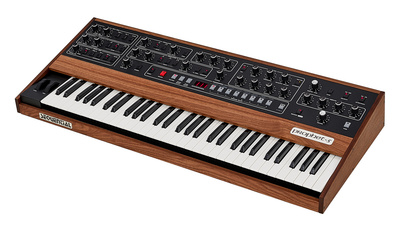

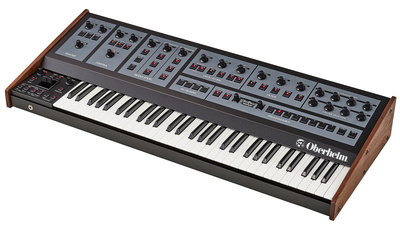

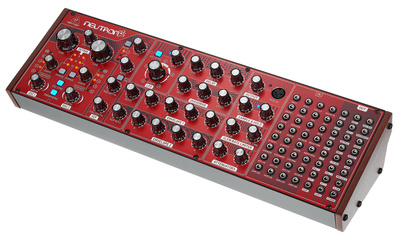

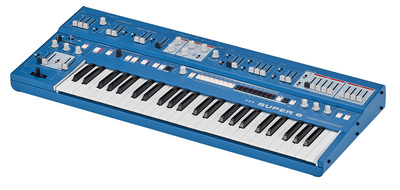
More Information
- Curtis Electromusic Specialties home page
- Sound Semiconductor Inc home page
- All about synthesizers
5 responses to “Curtis Chip Off The Old Block – Why do synths sound different?”

You are currently viewing a placeholder content from Facebook. To access the actual content, click the button below. Please note that doing so will share data with third-party providers.
More InformationYou are currently viewing a placeholder content from Instagram. To access the actual content, click the button below. Please note that doing so will share data with third-party providers.
More InformationYou are currently viewing a placeholder content from X. To access the actual content, click the button below. Please note that doing so will share data with third-party providers.
More Information 4,8 / 5,0 |
4,8 / 5,0 | 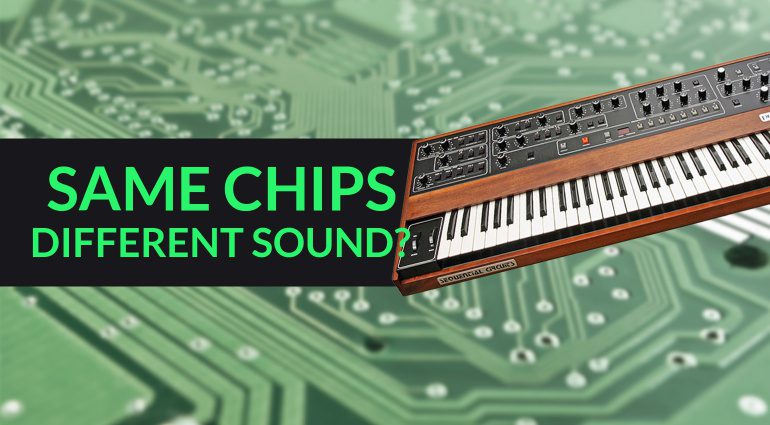


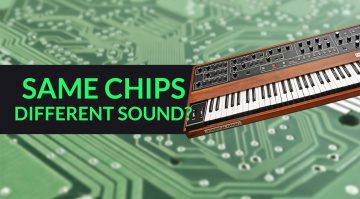

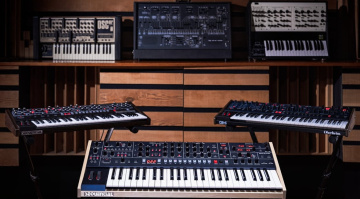
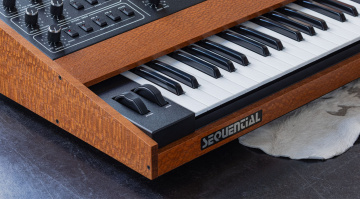
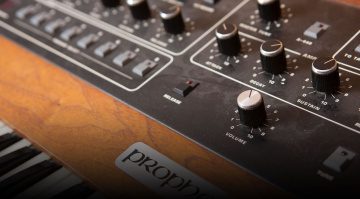
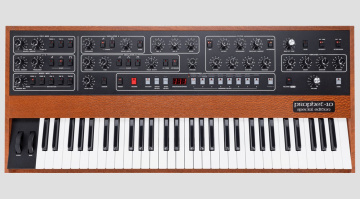
Thanks for the article but there’s a mistake. The Yamaha CS80 did use specialized chips for the oscillators, filters, EGs, and VCAs – as well as the keyboard scanner and DAC. The reason it’s so big is the wonderfully keybed and all the extra circuits to implement the poly aftertouch.
Yeah; ASIC’s, proprietary
Contrary to what is written in this article, the new Oberheim OB-X8 does NOT have CEM3340 oscillator chips inside. It has the CEM3320 filter, but the oscillators are made from discrete components based on the Oberheim SEM oscillator schematics.
Udo super 6 has fpga oscillators, no? What does that synth use the 3340 chip for?
The article doesn’t actually explain why synths sound different.